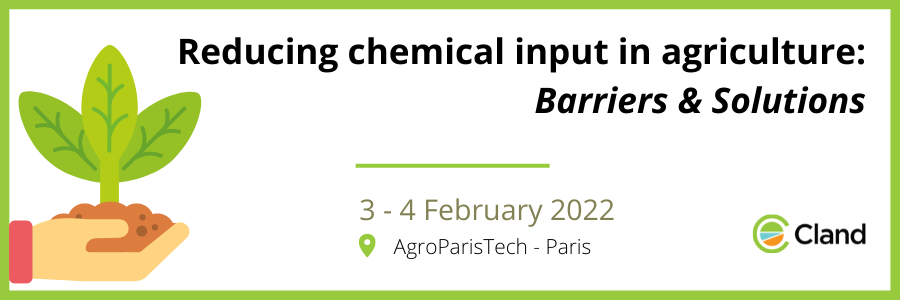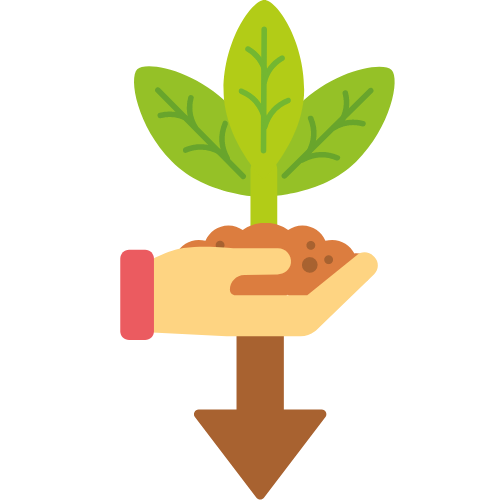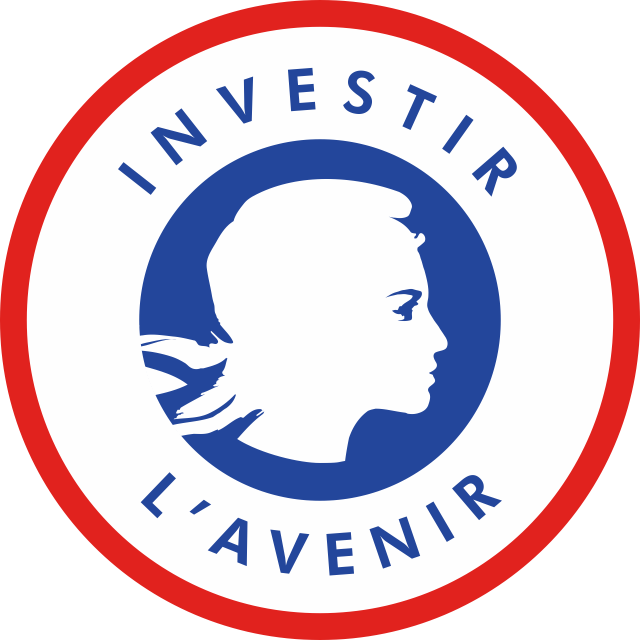
Abstract
The massive use of chemical input in agriculture is at the origin of a cascade of environmental impacts including soil acidification, inland and coastal waters eutrophication, and atmospheric N2O and NOx emissions affecting the global climate system and regional air quality. Excessive use of pesticides is a major driver of biodiversity loss and ecosystem degradation and is causing growing public health concerns.
Initiatives to reduce or even eliminate the use of chemical input in agriculture are multiplying around the world. In Europe, the Farm to Fork strategy calls for a reduction in the use of pesticides (50%), fertilisers (20%) and antibiotics in livestock farming (50%) by 2030. The initiative also plans to increase the share of organic farming to 25% of the total agricultural area. In India, the government of Andhra Pradesh has been implementing the Zero-Budget Natural Farming Programme since 2015, an approach of agriculture without any synthetic fertilisers and pesticides, or other products/inputs from outside the farming system.
These initiatives aim to meet a range of objectives to accelerate the transition to a sustainable food system: helping to mitigate climate change and adapt to its impacts; reversing the loss of biodiversity; ensuring food security, nutrition and public health; making sure that everyone has access to sufficient, safe, nutritious, sustainable food; preserving affordability of food while generating fairer economic returns. With such ambitious objectives, policies to reduce chemical inputs face however, significant difficulties in their enforcement. To facilitate their effective implementation, three questions need to be addressed: What are the options for reducing input consumption without reducing agricultural productivity? What is the economic performance of low-input systems? What is their environmental performance?
This workshop will shed light on these three questions through an interdisciplinary approach involving economists and agronomists.
Find all the workshop presentations below

![]()
Please note that the videos and presentations available here are protected by a CC-BY-SA license.
This means you may not use the material for commercial purposes and must give appropriate credit.
More information
Past and future trends for N and P fertilization in the world
Luis LASSALETTA
(CEIGRAM, Universidad Politécnica de Madrid)
[PDF]
Promises and Challenges of Natural Farming in India
Bruno DORIN
(CIRAD)
[PDF]
A plan for efficient use of nitrogen fertilizers
Xin ZHANG
(University of Maryland Center for Environmental Science)
[PDF]
Gaps and opportunities in nitrogen pollution policies around the world
David KANTER
(New York University)
[PDF]
A global pesticide budget - from inputs to end-point
repercussions on the environment
Federico MAGGI
(University of Sydney)
[PDF]
Towards sustainable pest management in agriculture
Niklas MOHRING
(CNRS)
[PDF]
On the objectives of the Green Deal regarding pesticide use in EU
agriculture: why should we seriously consider taxing pesticides?
Alain CARPENTIER
(INRAE)
[PDF]
Global option space for organic agriculture is
delimited by nitrogen availability
Thomas NESME
(Bordeaux Sciences Agro)
[PDF]
Consumer preferences for reduced chemical use
Jutta ROOSEN
(University of Munich)
[PDF]
📣 Workshop on Reducing #chemical input in #agriculture
📅 #SaveTheDate 3-4 February 2022
➡️#Register_now https://t.co/MYUATGna9P@ciais_philippe @thierrybrunell1 @RajaChakir3 @CLAND_saclay pic.twitter.com/jqfsH6hpwp— CLAND (@CLAND_saclay) November 18, 2021



